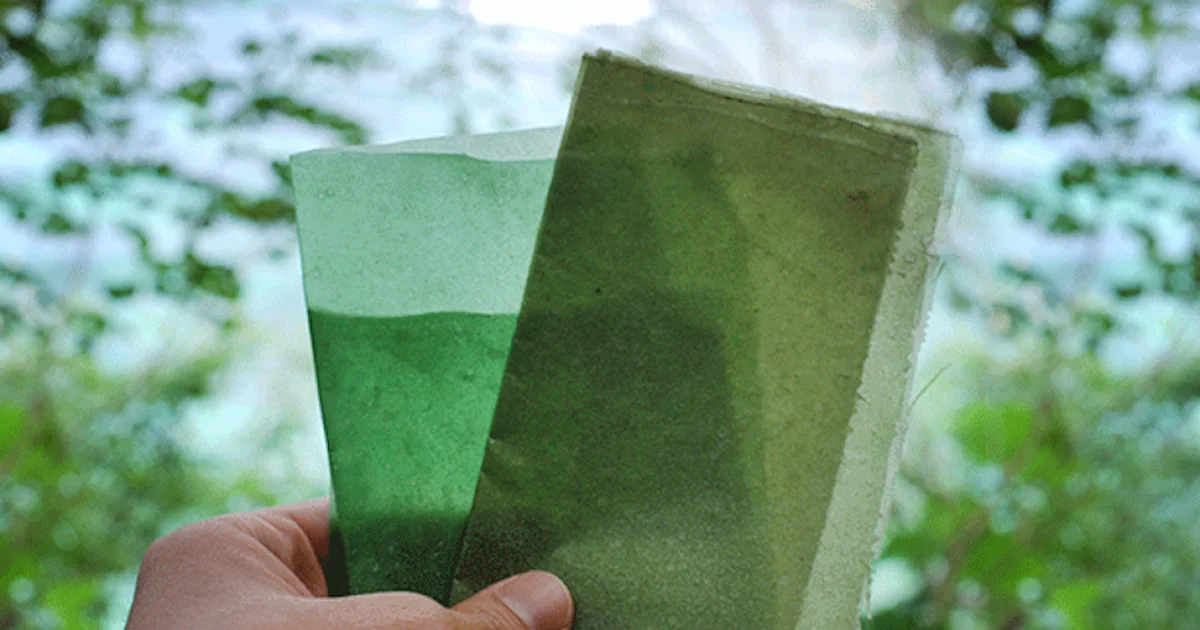The Impact of Plastic-Free Packaging on the Environment

The transition to plastic-free packaging represents a crucial step toward environmental sustainability. This article analyzes the environmental benefits and challenges of implementing plastic-free packaging solutions.
The Problem with Plastic Packaging
Plastic packaging has become ubiquitous in modern society due to its versatility, durability, and low cost. However, its widespread use has led to severe environmental consequences:
- Pollution of oceans and waterways
- Harm to wildlife through ingestion and entanglement
- Microplastic contamination in food chains
- Long decomposition times, leading to accumulation in landfills
Benefits of Plastic-Free Packaging
1. Reduced Environmental Impact
Plastic-free packaging alternatives, such as paper, glass, or metal, often have a lower environmental impact over their lifecycle, especially when reused or recycled properly.
2. Biodegradability
Many plastic-free options are biodegradable, meaning they can break down naturally in the environment without leaving harmful residues.
3. Resource Conservation
By reducing reliance on petroleum-based plastics, plastic-free packaging helps conserve non-renewable resources.
4. Improved Recycling Rates
Materials like paper, glass, and metal often have higher recycling rates and more established recycling infrastructures compared to many types of plastics.
Challenges in Implementing Plastic-Free Packaging
While the benefits are significant, there are challenges to overcome in the transition to plastic-free packaging:
1. Cost Considerations
Alternative materials may be more expensive, potentially increasing product costs for consumers.
2. Performance Issues
Some plastic-free alternatives may not match the performance of plastic in terms of durability, barrier properties, or shelf life extension.
3. Energy and Resource Use
Production of alternative materials may require more energy or resources, potentially offsetting some environmental benefits.
4. Consumer Adaptation
Consumers may need to adapt to new packaging types and disposal methods.
Innovative Plastic-Free Packaging Solutions
Despite the challenges, many innovative plastic-free packaging solutions are emerging:
- Mushroom packaging made from mycelium
- Seaweed-based packaging materials
- Edible packaging made from milk proteins or plant-based materials
- Reusable and refillable packaging systems
The Role of Businesses and Consumers
Both businesses and consumers play crucial roles in the transition to plastic-free packaging:
Businesses
- Investing in research and development of plastic-free alternatives
- Redesigning products and packaging to minimize waste
- Implementing take-back and refill programs
- Educating consumers about proper disposal and recycling
Consumers
- Choosing products with plastic-free or minimal packaging
- Supporting businesses that prioritize sustainable packaging
- Properly disposing of and recycling packaging materials
- Embracing reusable alternatives in daily life
The Future of Plastic-Free Packaging
As technology advances and awareness grows, we can expect to see continued innovation in plastic-free packaging solutions. This may include:
- Development of new bio-based materials with improved performance
- Integration of smart technologies for better tracking and recycling
- Expansion of closed-loop and circular economy models
- Increased collaboration between businesses, researchers, and policymakers
Conclusion
The transition to plastic-free packaging is a critical step in addressing the environmental challenges posed by traditional plastic materials. While there are obstacles to overcome, the potential benefits for our planet are immense. By embracing innovative solutions and working together, businesses and consumers can drive meaningful change and create a more sustainable future for packaging.